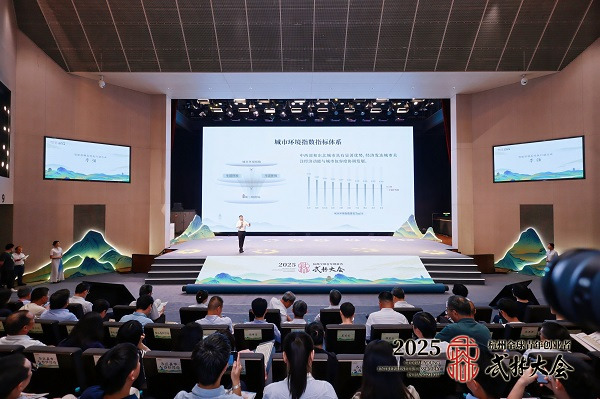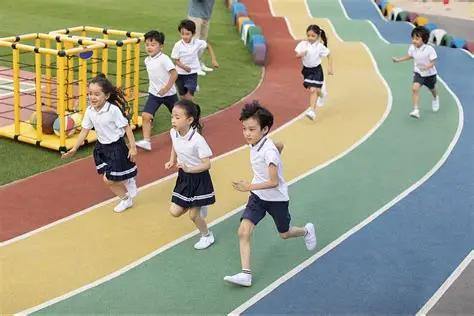
On the 29th, an exhibition of calligraphy and painting works by Li Wencai and his students opened at the Exhibition Hall of the West Lake Cultural Centre in Hangzhou, displaying a total of 55 works by Li Wencai and ten students including Xia Youliang, Cai Yunchao and Jiang Jun. The exhibition will last until October 8.
Li Wencai, a native of Choumen, Jinyun, Zhejiang Province, is a researcher at the Zhejiang Museum and president of the Southeast Calligraphy Research Society. He worked as an art cadre at the Anji County Culture Museum in 1969 and was recommended by Mr. Sha Menghai to join the calligraphy and painting group of the Zhejiang Museum in 1978 to sort out calligraphy and painting relics. He was also the first undergraduate student to teach modern Chinese calligraphy.
Li Wencai has been immersed in calligraphy for sixty years, while devoting himself to teaching calligraphy education for over forty years, and now has many disciples. His story and those of his teachers map the humble beginnings of modern calligraphy education in new China. He and his students' continuity reflects the thriving development of Chinese calligraphy, transformed into today's moving exhibition.
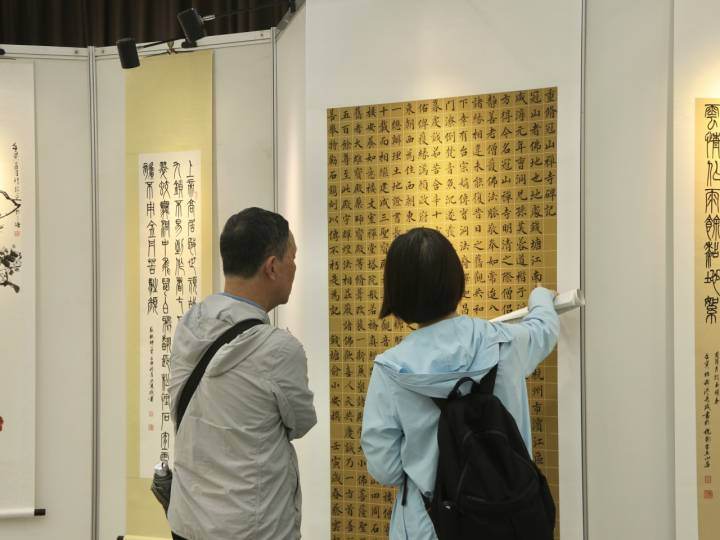
Before the exhibition, this reporter paid a special visit to Mr. Li Wenzai.
Li Wencai told many stories about his teachers, among which Mr. Zhu Jiaji was the most impressive.
In class, Zhu Jiaji only taught how to copy the post, never telling what was good about the character, and over time students inevitably had questions. When the students went to ask, Zhu Jiaji replied, "You have to see for yourself, what is really good cannot be told."
Zhu Jiaji's way of teaching has always influenced Li Wencai. How to understand calligraphy? There is no need to bother with the myriad theories of calligraphy nowadays, "The eye cannot be replaced by the ear, you just copy, and as much as you copy, as much as you understand that piece of calligraphy." Li Wencai says.
Zhu Jiaji also had a great influence on Li Wencai's calligraphy. During his five years of undergraduate study, Li Wencai copied all of the famous ancient Chinese monuments and posters.
Li Wencai said that this is how one learns calligraphy, copying them many times and then forming a muscle memory so that one can 'copy' them even after leaving the inscriptions, at which point one can start to create freely. Li Wencai's teaching career continued with this same idea.
In the 1980s and 1990s, the Hangzhou Federation of Literary Associations set up an amateur art school, which at its height had more than 3,000 students, including seven classes in calligraphy. Universities and colleges also had extra-curricular calligraphy study classes. There were also calligraphy classes for older people, young people and teenagers in the community. Li Wencai was involved in teaching all of these classes, and many calligraphy enthusiasts came to him for advice.
During this time, Li Wencai invested great enthusiasm in the teaching of calligraphy. At that time, calligraphy enthusiasts were amateurs, all with their own foundations in the world, not seeking external skills to ensure a worry-free livelihood, but wishing to acquire true internal skills in calligraphy.
This exhibition of calligraphy by Li Wencai and his ten students is not only a reflection of his own calligraphic advocacy but also a stage achievement of learning from the excellent calligraphic traditions of his predecessors. The works on display show a solid foundation in traditional calligraphy as well as a new outlook on the use of the past for the present.
Selected Works

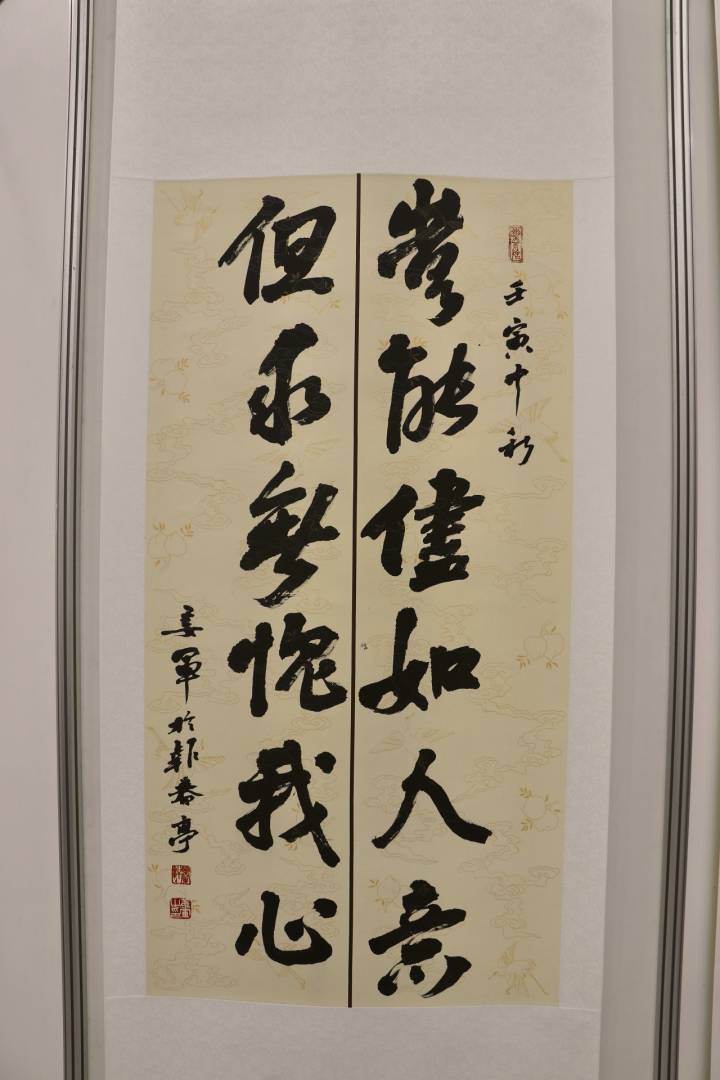
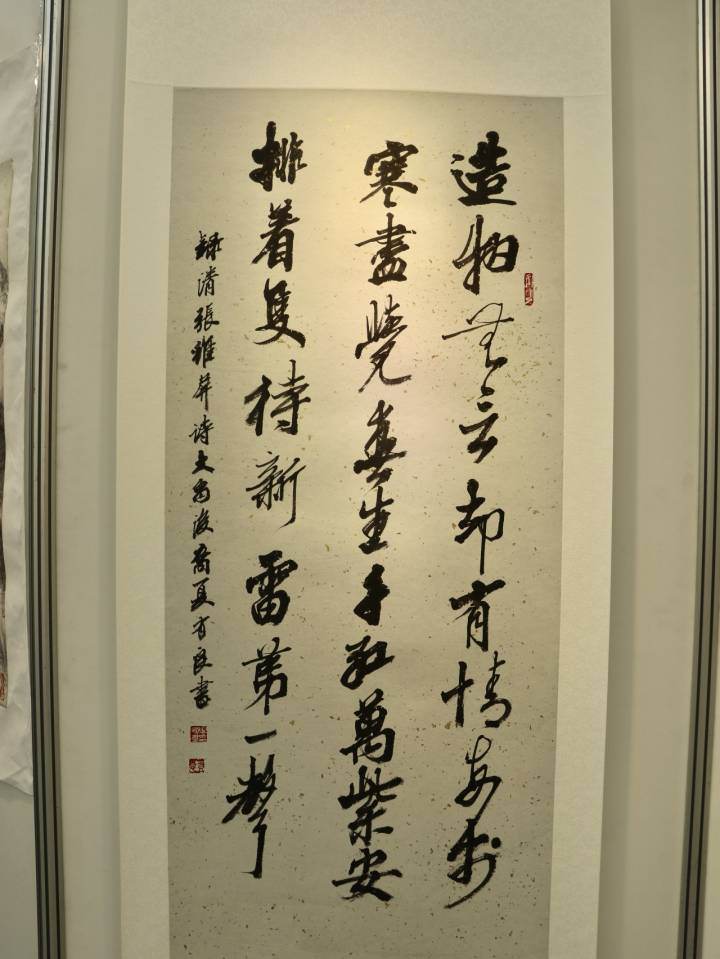
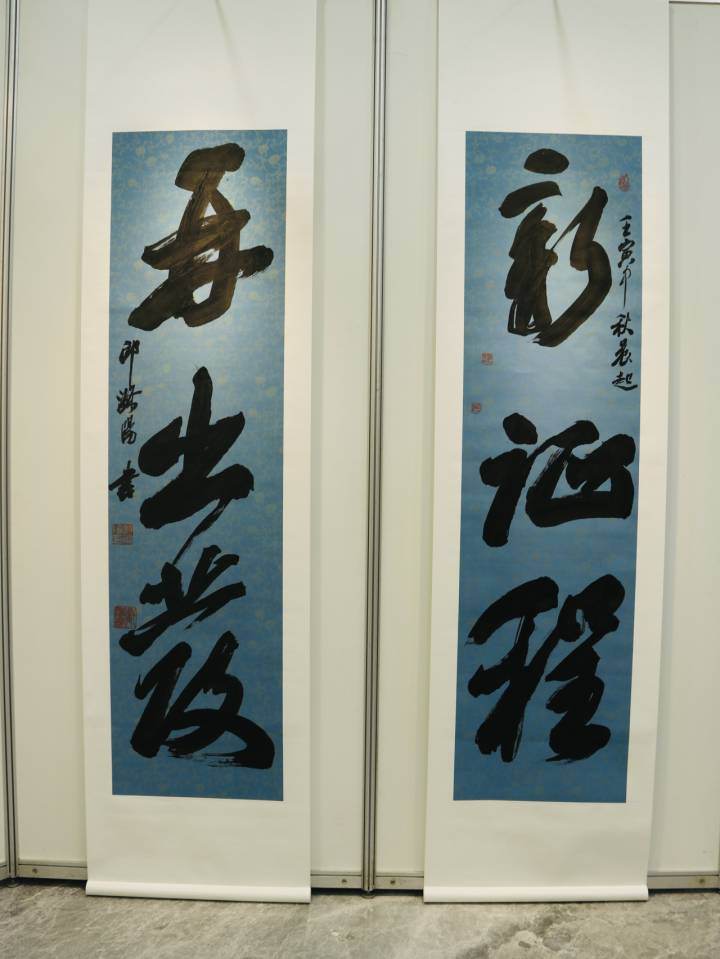
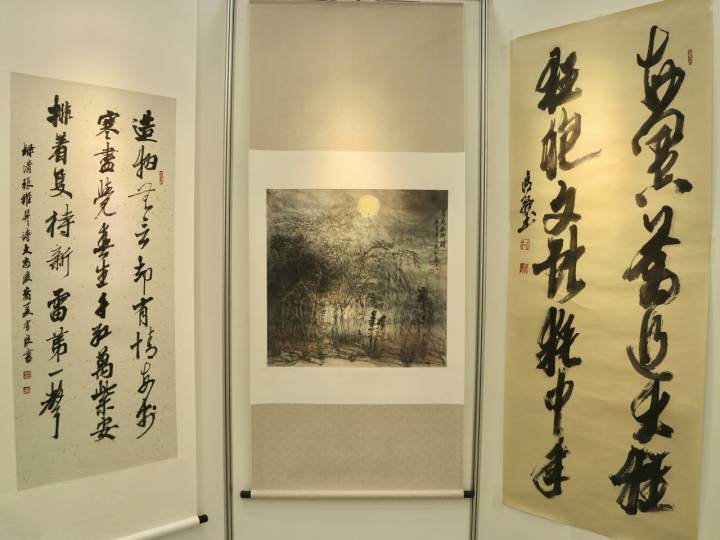
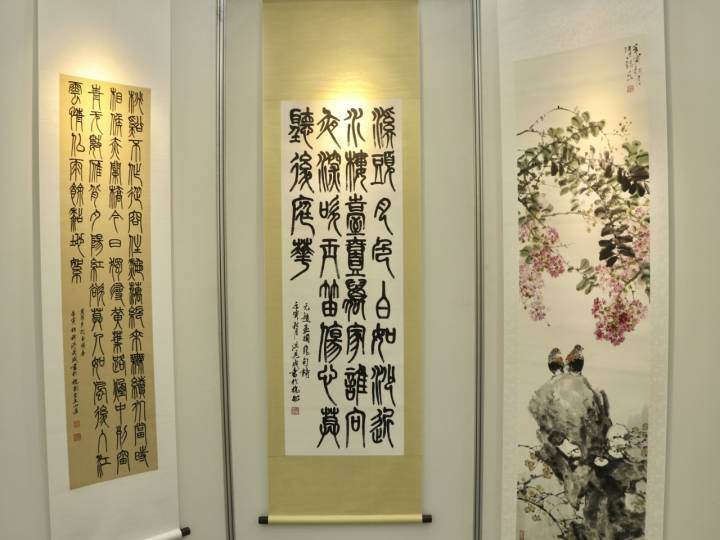
Translator: Fan Chenyu (Intern)
Editor: Ye Ke, Fan Chenyu (Intern)

